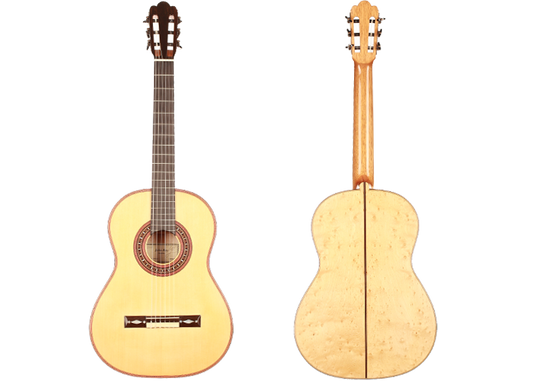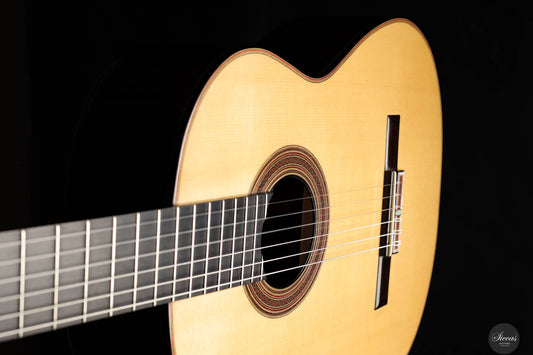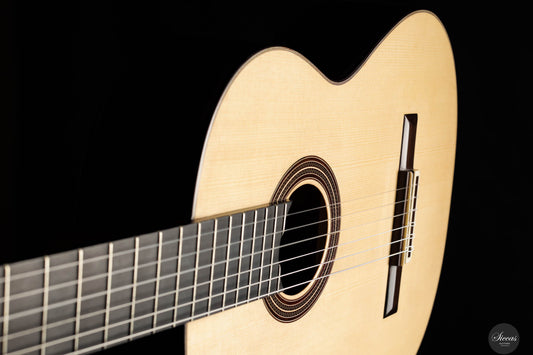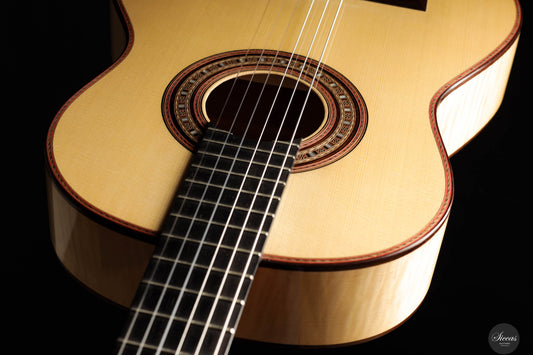John Ray
-

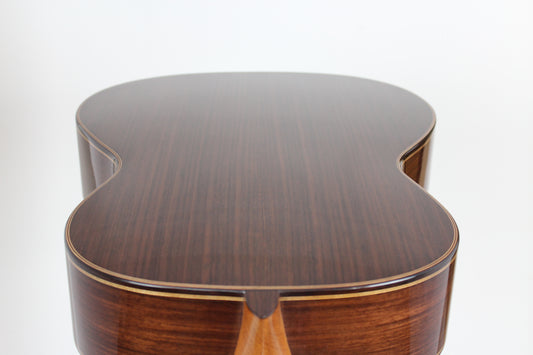 SoldSoldLuthier: John Ray
SoldSoldLuthier: John Ray -

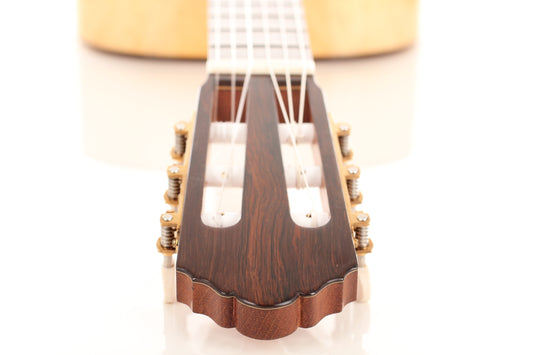 SoldSoldLuthier: John Ray
SoldSoldLuthier: John Ray -

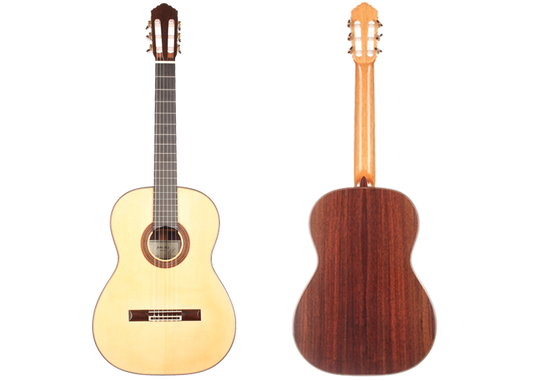 SoldSoldLuthier: John Ray
SoldSoldLuthier: John Ray -
Luthier: John Ray
-

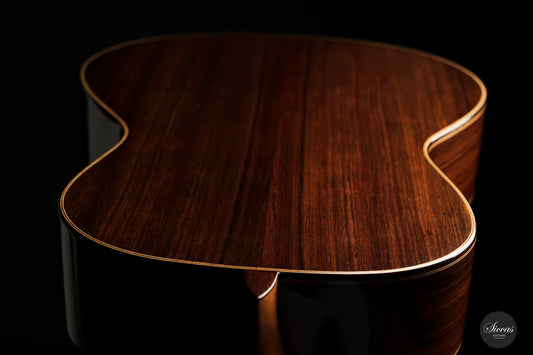 SoldSoldLuthier: John RayLuthier: Otto Vowinkel
SoldSoldLuthier: John RayLuthier: Otto Vowinkel -
Luthier: John Ray
-
Luthier: John Ray
-
John Ray - 2023 - Torres No.268
Price: 8.990 €Sale price 8.990 € Price:Unit price per Tax free (0% DE)9.990 €Save: 1.000 €SaleLuthier: John RayConstruction Type: Traditional
You may also be interested John Ray
About the Guitar Maker
John Ray is a Canadian-born luthier based in Granada, Spain, who has become a prominent figure in the world of Spanish guitar making over the past three decades. His story began on November 25, 1989, when he arrived in Granada by bus from Madrid with a single goal in mind: to learn the art of building guitars in the very heart of Spanish luthiery. Originally from Edmonton, Alberta, John had already spent years playing guitar, studying the instrument’s construction, and doing minor repairs before deciding to dedicate his life to the craft.
To support himself, he taught English as a second language while seeking mentorship from Granada’s legendary luthiers. Despite the local tradition of taking on only family members as apprentices, several makers welcomed him with advice and encouragement. Antonio Marín Montero was particularly generous, offering both tools and hands-on guidance—an act emblematic of his reputation for kindness. Jonathan Hinves, Germán Pérez Barranco, and Rafael Moreno also played important roles in his early development, sharing insights that helped shape his craftsmanship.
Training in Málaga
In 1990, John had the opportunity to attend a two-week workshop in Málaga led by José Ángel Chacón, focused on repair, restoration, and guitar construction. This experience proved pivotal. He was later invited to join Chacón and his students on weekends at their informal workshop, where he immersed himself in the world of Spanish guitar building. The combination of craftsmanship, camaraderie, and a shared love for music deeply influenced his approach to luthiery.
Return to Granada and Professional Growth
After his time in Málaga, John returned to Granada, where he set up his own workshop and began to fully dedicate himself to guitar making. Drawing on the Granada School of Guitar Making, he developed his own style, blending traditional Spanish methods with his personal sense of precision and artistry. A key turning point came in 1999 when he met Rolf Eichinger, a German master luthier who became his mentor. Under Eichinger’s guidance, John learned advanced techniques passed down from Granada’s finest builders, including Manuel Bellido and Antonio Marín Montero.
Eichinger’s mentorship profoundly shaped John’s career, teaching him not only the technical aspects of fine guitar making but also the business side of the craft—sourcing materials, selecting tools, and connecting with musicians. Through discipline and dedication, John adopted a rigorous work ethic, spending up to ten hours a day in his workshop. This transformation solidified his reputation as a skilled and respected luthier within the global guitar community.
Legacy
Today, John Ray is celebrated for his Granada-inspired concert guitars, which combine rich tonal character, precision craftsmanship, and elegant aesthetics. His work bridges the heritage of Spanish guitar building with a distinctly personal touch, honed over decades of study, experimentation, and mentorship. The influence of Granada, his teachers, and above all, Rolf Eichinger, continues to resonate through every guitar that bears his name.









